62 x 65 x 2 inches (157.5 x 165.1 x 5.1 cm)
(Inventory #37915)
62 x 65 x 2 inches (157.5 x 165.1 x 5.1 cm)
(Inventory #37915)
67 x 120 x 71 inches (170.2 x 304.8 x 180.3 cm)
(Inventory #37275)
67 x 120 x 71 inches (170.2 x 304.8 x 180.3 cm)
(Inventory #37275)
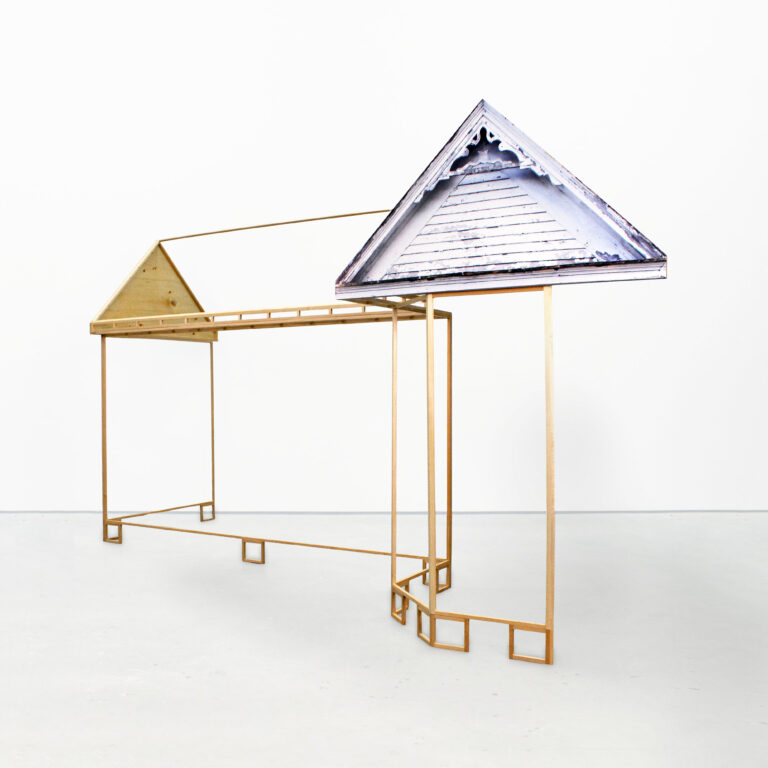
90 x 92 x 54 inches (228.6 x 233.7 x 137.2 cm)
(Inventory #32580)
90 x 92 x 54 inches (228.6 x 233.7 x 137.2 cm)
(Inventory #32580)
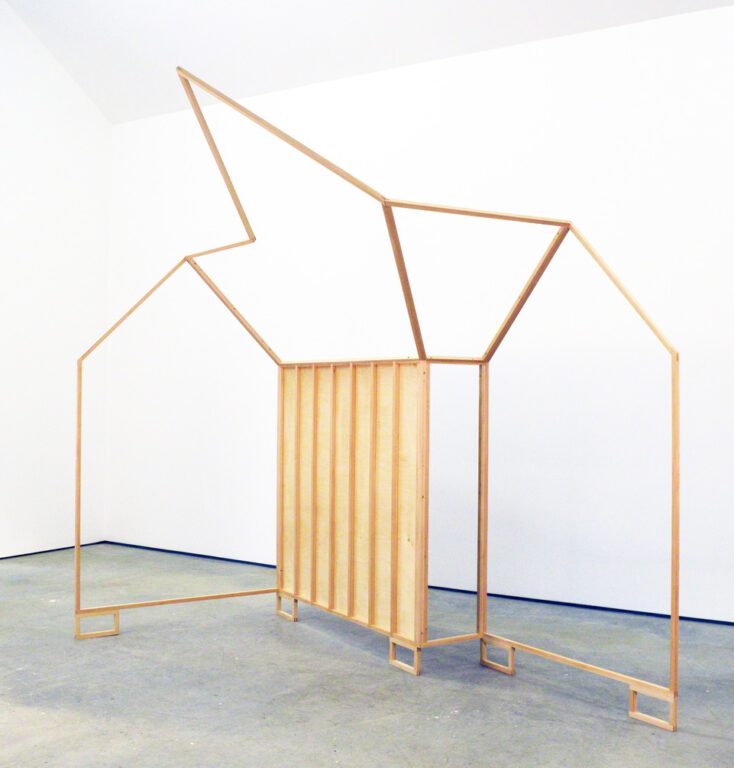
113 x 190 x 48 inches (287 x 482.6 x 121.9 cm)
(Inventory #30342)
113 x 190 x 48 inches (287 x 482.6 x 121.9 cm)
(Inventory #30342)
86 x 40 x 2 1/2 inches (218.4 x 101.6 x 6.4 cm)
(Inventory #34957)
86 x 40 x 2 1/2 inches (218.4 x 101.6 x 6.4 cm)
(Inventory #34957)
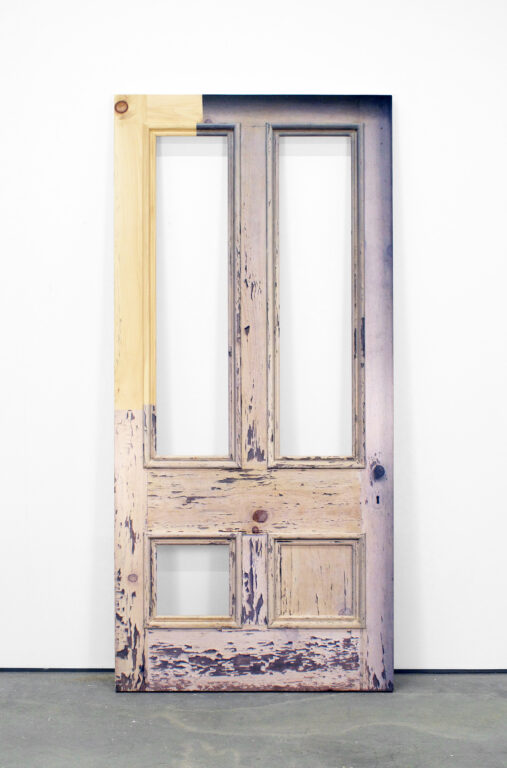
32 x 47 x 2 inches (81.3 x 119.4 x 5.1 cm)
(Inventory #37172)
32 x 47 x 2 inches (81.3 x 119.4 x 5.1 cm)
(Inventory #37172)
58 x 31 x 13 inches (147.3 x 78.7 x 33 cm)
(Inventory #32586)
58 x 31 x 13 inches (147.3 x 78.7 x 33 cm)
(Inventory #32586)
14 x 38 x 13 inches (35.6 x 96.5 x 33 cm)
(Inventory #30544)
14 x 38 x 13 inches (35.6 x 96.5 x 33 cm)
(Inventory #30544)
7 1/2 x 75 1/2 x 5 inches (19.1 x 191.8 x 12.7 cm)
(Inventory #31535)
7 1/2 x 75 1/2 x 5 inches (19.1 x 191.8 x 12.7 cm)
(Inventory #31535)
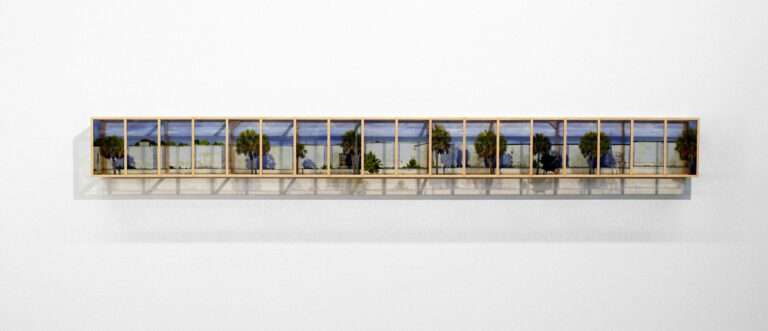
63 1/2 x 9 3/4 x 9 3/4 inches (161.3 x 24.8 x 24.8 cm)
(Inventory #33767)
63 1/2 x 9 3/4 x 9 3/4 inches (161.3 x 24.8 x 24.8 cm)
(Inventory #33767)
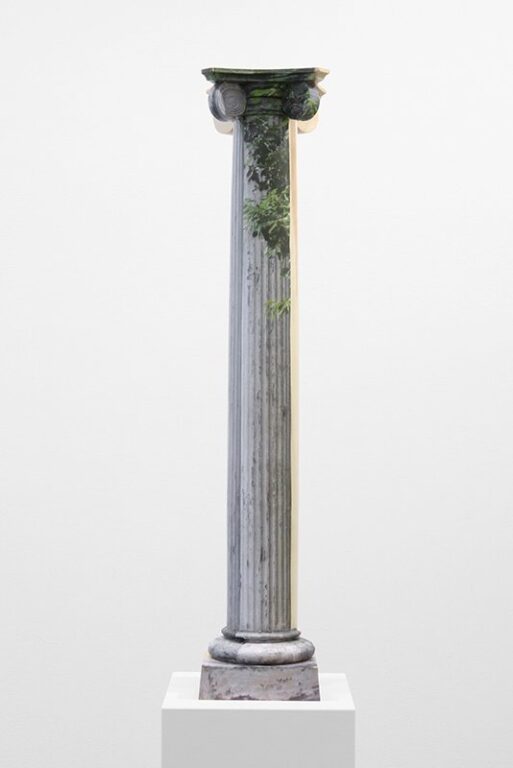
20 x 20 x 7 inches (50.8 x 50.8 x 17.8 cm)
(Inventory #28617)
20 x 20 x 7 inches (50.8 x 50.8 x 17.8 cm)
(Inventory #28617)
12 x 20 x 10 inches (30.5 x 50.8 x 25.4 cm)
(Inventory #29384)
12 x 20 x 10 inches (30.5 x 50.8 x 25.4 cm)
(Inventory #29384)
24 x 20 x 9 1/2 inches (61 x 50.8 x 24.1 cm)
(Inventory #31653)
24 x 20 x 9 1/2 inches (61 x 50.8 x 24.1 cm)
(Inventory #31653)
20 1/4 x 16 1/4 x 4 3/4 inches (51.4 x 41.3 x 12.1 cm)
(Inventory #30244)
20 1/4 x 16 1/4 x 4 3/4 inches (51.4 x 41.3 x 12.1 cm)
(Inventory #30244)
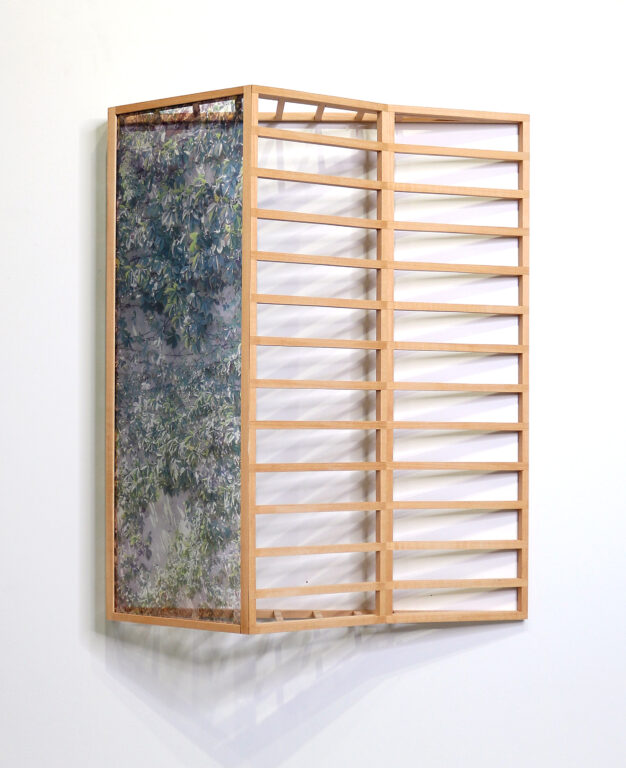
Overall (variable/approximately): 53 x 54 inches
Image size (each): 9 x 5 inches (22.9 x 12.7 cm)
Paper size (each): 15 x 10 1/2 inches (38.1 x 26.7 cm)
Frame size (each): 17 x 13 inches (43.2 x 33 cm)
Edition of 4
Signed and dated verso bottom left in graphite
(Inventory #36865)
Overall (variable/approximately): 53 x 54 inches
Image size (each): 9 x 5 inches (22.9 x 12.7 cm)
Paper size (each): 15 x 10 1/2 inches (38.1 x 26.7 cm)
Frame size (each): 17 x 13 inches (43.2 x 33 cm)
Edition of 4
Signed and dated verso bottom left in graphite
(Inventory #36865)
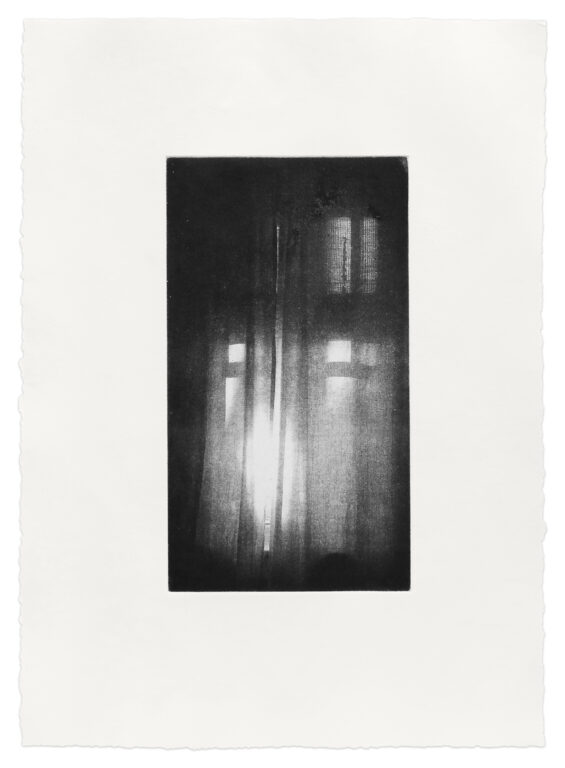
Image size: 16 x 12 inches (40.6 x 30.5 cm)
Paper size: 21 x 16 inches (53.3 x 40.6 cm)
Frame size: 23 1/2 x 19 inches (59.7 x 48.3 cm)
Edition 1 of 4
(Inventory #37187)
Image size: 16 x 12 inches (40.6 x 30.5 cm)
Paper size: 21 x 16 inches (53.3 x 40.6 cm)
Frame size: 23 1/2 x 19 inches (59.7 x 48.3 cm)
Edition 1 of 4
(Inventory #37187)
Image size: 10 7/8 x 10 3/4 inches (27.6 x 27.3 cm)
Paper size: 16 x 16 inches (40.6 x 40.6 cm)
Edition of 3
Signed, titled, and numbered on reverse in graphite
(Inventory #33677)
Image size: 10 7/8 x 10 3/4 inches (27.6 x 27.3 cm)
Paper size: 16 x 16 inches (40.6 x 40.6 cm)
Edition of 3
Signed, titled, and numbered on reverse in graphite
(Inventory #33677)
Image size: 7 3/4 x 7 3/4 inches (19.7 x 19.7 cm)
Paper size: 13 x 12 inches (33 x 30.5 cm)
(Inventory #37910)
Image size: 7 3/4 x 7 3/4 inches (19.7 x 19.7 cm)
Paper size: 13 x 12 inches (33 x 30.5 cm)
(Inventory #37910)
GROUP EXHIBITIONS
HAIMAZ, HEIMR, HJEM, HEEM, HĀM, HOME, Utah Museum of Contemporary Art, Salt Lake City, UT, 2023.
MORE, Julian Opie, Frank Poor and Fred Wilson, Krakow Witkin Gallery, Boston, MA 2022.
FRAGILE, works by Robert Barry, Jenny Holtzer, Louise Lawler, Frank Poor and Haim Steinbach, Krakow Witkin Gallery, Boston, MA, 2020.
FACING GRAIN, works by Sylvia Plimack Mangold, Frank Poor, and Analia Saban, Krakow Witkin Gallery. Boston, MA, 2019.
DOWNSIZED: Small-Scaled Sculpture by Contemporary Artists, Bruce Museum, Greenwich, CT 10/03/18 – 1/27/19.
MEMORY OF PLACE, Frank Poor and Thomas Doyle, Flinn Gallery, Greenwich, CT, 2017
THE NEWEST ROMANTICS, New Arts Center, Newton, MA. 2017.
CONSTRUCTING PLACE, Elaine Alibrandi and Frank Poor, Trustman Art Gallery, Simmons College, Boston, MA, 2016.
I AM AN IMPORTANT GIANT, Antenna Gallery, New Orleans, LA, 2016.
SIOBHAN LANDRY and FRANK POOR, Pratt MWP College of Art and Design Gallery, Utica, NY, 2015.
AXIS MUNDI, Hunt – Cavanaugh Gallery, Providence College, Providence, RI, 2015
INTERIORS, 701 Center for Contemporary Art, Columbia, SC, 2013.
WISH YOU WERE HERE, Drift Gallery, Portsmouth, NH, 2013.
RHODE ISLAND STATE COUNCIL FOR THE ARTS GRANT EXHIBITION, Jamestown Center for the Arts, Jamestown, RI, 2013
IN/OUT: FRANK POOR, DEBORAH ASCHEIM AND KRISTY DEETZ, Illges Gallery, Columbus State University, Columbus, GA, 2011.
RHODE ISLAND COLLEGE FACULTY EXHIBITION, Bannister Gallery, Providence, RI, 2007.
DECORDOVA ANNUAL EXHIBITION, DeCordova Museum and Sculpture Park, Lincoln, MA, 2006.
3-D RHODE ISLAND, Newport Art Museum, Newport, RI, 2004.
RISD FIRST TRIENNIAL SCULPTURE EXHIBITION, Woods Gerry Gallery, Providence, RI, 2002.
RISD GRADUATE ALUMNI SHOW, Sol Koffler Gallery, Providence, RI, 2001.
SUMMER GROUP SHOW, Lenore Gray Gallery, Providence, RI, 1999.
SCULPTURE GROUP SHOW, Helm House Gallery, Kingston, RI, 1998.
FIGURING MEMORY, Wheeler Gallery, Providence, RI, 1997.
EXPO 16, B.J. Spoke Gallery, Huntington, NY, 1997.
FIRST NATIONAL, Bristol Art Museum, Bristol, RI, 1996.
RISD SUMMER FACULTY EXHIBITION, Woods Gerry Gallery, Providence, RI, 1993-1996.
MFA THESIS EXHIBITION, Rhode Island School of Design Museum, Providence, RI, 1992.
RETHINKING THE SACRED IMAGE, New Visions Gallery of Contemporary Art, Atlanta, GA, 1990.
ANN FRISTOE AND FRANK POOR, Municipal Art Center Gallery, Atlanta, GA, 1989.
TODAY AND TOMORROW, A Review and Preview of Contemporary Cast Iron, Sloss National Monument, Birmingham, AL, 1989.
RESEARCH INTO SOUTHERN COMFORT, Nexus Contemporary Art Center, Atlanta, GA, 1989.
STATE OF THE ARTS: GEORGIA, New Orleans Contemporary Art Center, New Orleans, LA, 1988.
Press
Art New England, Liz Lee, Studio Visit – Frank Poor, November/December 2017.
Art New England, Sarah Baker, Review of The Newest Romantics, at the New Art Center, Newton, MA, 2017
Take Magazine, Poornima Apte, Southern Comfort, June 8, 2017.
Boston Globe, Cate McQuad, Home is Where the Art is. Review of Frank Poor at Rafius Fane Gallery, May 31, 2016.
Providence Phoenix, Greg Cook; A Visionary Streak, review of Rhode Island College Faculty Exhibition, September 26, 2013.
Providence Journal, Bill Van Siclen; Review of Going Home at the Newport Art Museum, October 20, 2011.
Newport Mercury, Daniel Combs; Spirits in a Material World, Review of Going Home at the Newport Art Museum, October 7, 2011.
Atlanta Journal, Catherine Fox; Review of Mapping Memory at the Welch Gallery, July 22, 2011.
Sculpture Magazine, Review of the DeCordova Annual at the DeCordova Museum and Sculpture Park, March 2007.
Boston Phoenix, Review of the DeCordova Annual, May 19, 2006.
Artscope, Leon Nigrosh; Review of the DeCordova Annual, July/August issue 2006.
The DeCordova Annual 2006, Nick Capasso, Exhibition Catalog; DeCordova Museum and Sculpture Park.
Boston Globe, Review of the DeCordova Annual, May 5, 2006.
Providence Journal, Review, November 28, 2004.
New York Times, Review of EXPO 16 at B.F. Spoke Gallery, March 16, 1997.
Atlanta Journal, Review of Rethinking the Sacred Image at New Visions Gallery, may 17, 1990.
Art Papers, Jerry Cullum; Review of Rethinking the Sacred Image at New Visions Gallery, September/October issue, 1990.
Today and Tomorrow, a Review and Preview of Contemporary Cast Iron; Exhibition Catalog, Sloss National Monument, Birmingham, AL 1989.
Atlanta Journal, Review of Research into Southern Comfort at Nexus Contemporary Art Center, November 24, 1989.
Art Papers, Review of Sculpture; On the Wall/Off the Floor at new Visions Gallery, June/July issue, 1988.
State of the Arts; Georgia, Exhibition Catalog; New Orleans Contemporary Arts Center, 1988.
SOLO EXHIBITIONS
RELICS, 3-S Artspace, Portsmouth, NH, 2023.
RISIDUUM, University of Massachusetts – Dartmouth, New Bedford, MA, 2018.
FROM THE ROAD, Sculpture and Prints, Anna Maria College, Worcester, MA, 2017
MINED AND MEASURED, Barbara Krakow Gallery, Boston, MA, 2017
FRANK POOR at Rafius Fane Gallery, Boston, MA, 2016
HOME, Van Vessem Gallery, Tiverton, RI 2015
TIME AND PLACE, Grimshaw – Gudewitz Art Gallery, Bristol Community College, Fall River, MA, 2015
DISPLACED, 701 Center for Contemporary Art, Columbia, SC, 2015.
CAST SHADOWS, Van Every Smith Galleries, Davidson College, Davidson, NC, 2013
TRACES, Artspace, Raleigh, NC 2012.
GOING HOME, Newport Art Museum, Newport, RI, 2011.
MAPPING MEMORY, Welch Galleries, Georgia State University, Atlanta, GA, 2011.
ENON CEMETERY PROJECT, Aldrich Contemporary Art Museum, Ridgefield, CT, 2009.
FRANK POOR: SHADOWS AND SIGNS, Bryan Art Gallery, Coastal Carolina University, Conway, SC, 2007
TIME, MEMORY AND THE POETIC IMPULSE, Hamilton Gallery, Salve Regina University, Newport, RI 2005
FRANK POOR: FIVE NEW WORKS, Callanwolde Fine Arts Center, Atlanta, GA, 1989.
NEW SCULPTURE: FRANK POOR, Ariel Gallery, Atlanta, GA, 1988
RECENT WORK: FRANK POOR, CNN Center Gallery, Atlanta, GA, 1987
10 Newbury Street, Boston, Massachusetts 02116
617-262-4490 | info@krakowwitkingallery.com
The gallery is free and open to the public. Please note our summer schedule:
July 1–25
Tuesday – Friday, 10–5:30
July 29 – September 1
Open by appointment
Beginning September 2
Tuesday – Saturday, 10–5:30